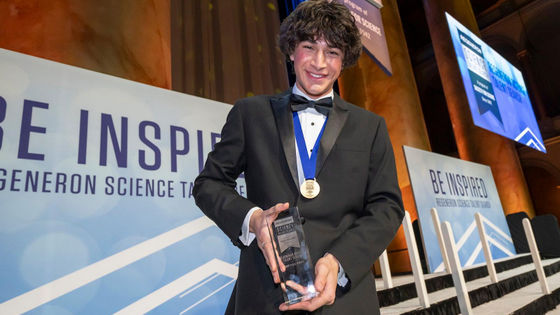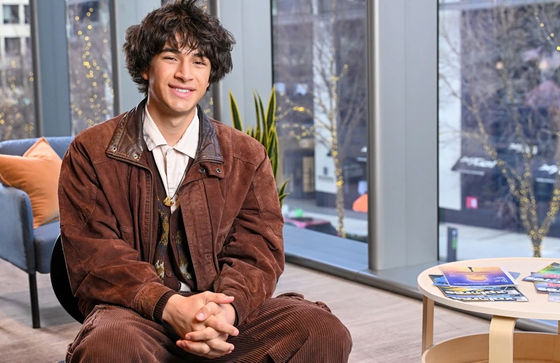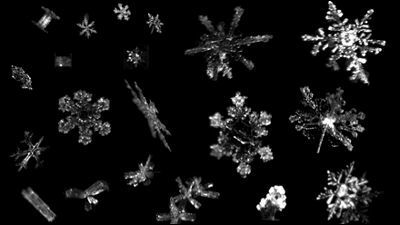High school student uses AI to discover 1.5 million celestial objects and wins 35 million yen prize

by Society for Science
Matteo Paz, 18, of California, was awarded the top prize and $250,000 in prize money at the Regeneron Science Talent Search, a science competition for high school seniors run by the American nonprofit organization Society for Science. Paz was recognized for his contributions to science, using machine learning algorithms to identify 1.5 million new celestial object candidates and publishing them in a peer-reviewed, single-authored paper.
A Submillisecond Fourier and Wavelet-based Model to Extract Variable Candidates from the NEOWISE Single-exposure Database - IOPscience
Regeneron Science Talent Search 2025 Awards More Than $1.8 Million to High School Seniors for Innovative Research on Classifying Celestial Objects, Treating a Rare Muscle Disease and Solving a Long-Standing Math Problem - Society for Science
https://www.societyforscience.org/press-release/regeneron-sts-top-awards-2025/
Teen Wins $250K for Using AI to Discover 1.5 Million Hidden Objects in Space
https://scitechdaily.com/teen-wins-250k-for-using-ai-to-discover-1-5-million-hidden-objects-in-space/
Paz became interested in astronomy when he was in elementary school and his mother took him to an open astronomy observation course at California Institute of Technology. Paz, who went on to a local Pasadena High School that focuses on STEM education, visited Caltech again in the summer of 2022 for the Planet Finder Academy, an astronomy research program for high school students.
Paz's mentor, astronomer Davy Kirkpatrick of the Infrared Processing and Analysis Center (IPAC) at California Institute of Technology, initially encouraged him to use a small portion of the data collected by NASA's Wide-field Infrared Explorer (NEOWISE) to find a few variable stars.
'We were approaching 200 billion rows of data from all the detections the spacecraft had made over 10 years, so I thought why not try and image a patch of sky and see if we could find some variable stars, and then I could tell the astronomy community, 'Hey, we've found something new by hand,'' Kirkpatrick said.
_m.jpg)
But Paz realized that the large-scale, regular data Kirkpatrick shared with him was a good fit for AI, so he used his math skills to build machine learning algorithms and combined them with astrophysics knowledge he learned from Kirkpatrick and other astronomers to create a signal-processing model that could capture subtle changes in the brightness of celestial objects.
The AI 'VARnet' developed in this way not only showed extremely high accuracy in tests on a validation data set using known celestial bodies, but also achieved high-speed processing of an average of 52 microseconds per celestial body.
Paz then ran VARnet through the NEOWISE dataset to identify 1.5 million newly discovered celestial objects and astronomical phenomena, including unknown supermassive black holes, newly born stars, and supernovae.
VARnet could be used by astronomers to analyze similar data, but it also has potential applications in other fields of research where changes in data over time are important.
'The model I implemented can be used in other time-domain studies in astronomy, and possibly in any study where data is available in a temporal form,' said Paz. 'For example, I think it could be relevant for stock chart analysis, where periodic elements in the data obtained for each time series can also be important. It could also be used in studies of atmospheric impacts, such as air pollution, where seasonal and day-night cycles play a major role.'

Society for Science/Chris Ayers
Paz worked as an employee at Caltech until he graduated from high school, and he is currently working under Kirkpatrick on data management and processing for NEOWISE and other NASA space missions. This is his first salary.
'When it was announced that Matteo had won the science competition, it was the happiest moment I've ever felt,' Kirkpatrick said. 'I've won awards before, but to have helped someone realize their potential and have that recognized is just so satisfying. When you can harness a community of really smart young people and mentor them and make sure they don't lose sight of their potential, that's priceless.'
In addition to Paz, 39 high school students were recognized in the 2025 Regeneron Science Talent Search, including Ava Grace Cummings, who developed a fruit fly model of a rare genetic disease called 'Native American myopathy,' and Owen Jianwen Chang, who solved a long-standing mathematical problem called '3-uniform hypergraphs.' They were awarded prizes totaling more than $1.8 million (approximately 255 million yen).
Related Posts:
in Science, Posted by log1l_ks







